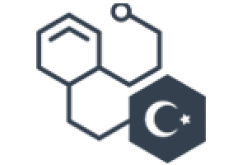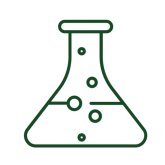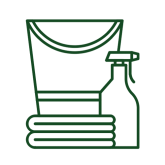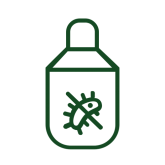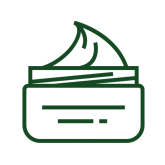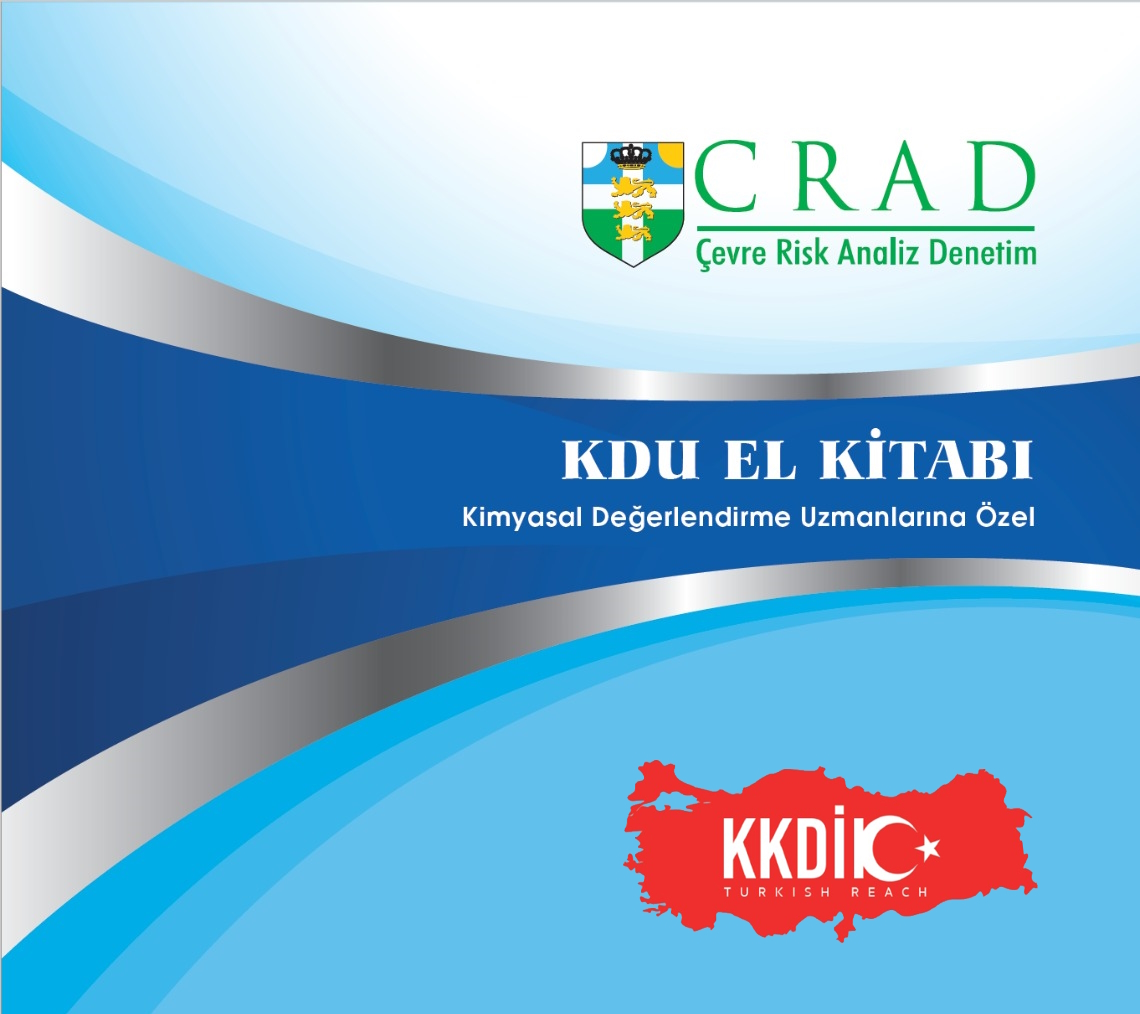THE POSITION OF ANTIFOULING PAINTS AS A BIOCIDAL PRODUCT
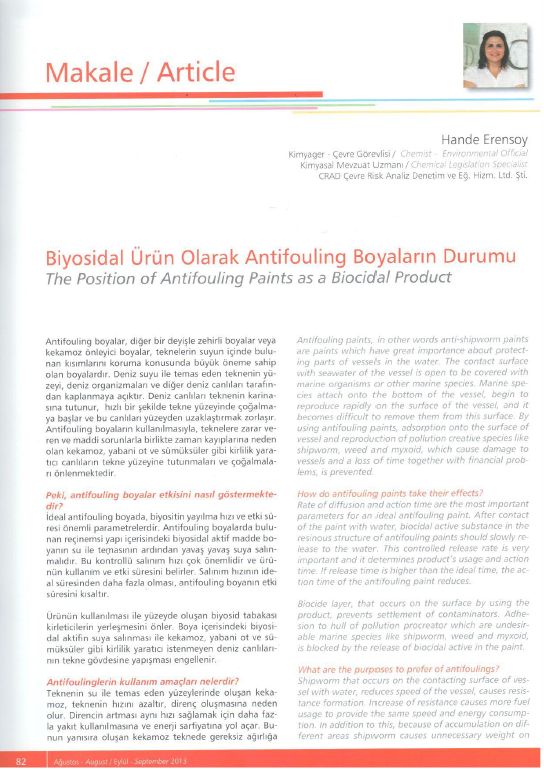 Boyaturk Magazine - 2013 August-September
Boyaturk Magazine - 2013 August-September
Antifouling paints, in other words anti- shipworm paints are paints which have great importance about protecting parts of vessels in the water. The contact surface with seawater of the vessel, is open to be covered with marine organisms or other marine species. Marine species attach onto the bottom of the vessel, begin to reproduce rapidly on the surface of the vessel and it becomes difficult to remove them from this surface. By using antifouling paints, adsorption onto the surface of vessel and reproduction of pollution creative species like shipworm, weed and myxoid which cause damage to vessels and a loss of time together with financial problems, is prevented.
Well, how do antifouling paints take their effects?
Rate of diffusion and action time are the most important parameters for an ideal antifouling paint. After contact of the paint with water, biocidal active substance in the resinous structure of antifouling paints should slowly release to the water. This controlled release rate is very important and it determines product’s usage and action time. If release time higher than the ideal time, the action time of the antifouling paint reduces.
Biocide layer that occurs on the surface by using the product prevents settlement of contaminators. Adhesion to hull of pollution procreator which are undesirable marine species like shipworm, weed and myxoid is blocked by the release of biocidal active in the paint.
What are the purposes to prefer of antifoulings?
Shipworm that occurs on the contacting surface of vessel with water, reduces speed of the vessel, causes resistance formation. Increase of resistance causes more fuel usage to provide the same speed and energy consumption. In addition to this, because of accumulation on different areas shipworm causes unnecessary weight on the vessel and this accumulation causes the vessel being unbalanced on the water and decrease of mobility. The accumulated shipworm causes punctures on the hull and this results in huge costs. To avoid all these problems, use of antifouling paints is preference of vessel owners for vessels which remains in the water long time.
Why are antifouling paints defined as "biocidal product"?
In order to understand why anti-fouling paints are biocidal products, it is needed to look at the general definition of a biocidal product.
‘Biocidal product is a product which containing one or more active substances to obtain efficacy of product; intending to destroy, deter, render harmless, prevent the action of, or otherwise exert a controlling effect on any harmful organism by chemical or biological means and are available in ready to use for this aim.’’
Biocidal products are products that require the authorization by the MoH. Paints that has a claim as ‘’antifouling paints’’ are required to get registration like antibacterial soap, surface cleaning products which are under the scope of BP and we use in our daily life.
According to the Biocidal Products Regulation which is prepared by T.C. Ministry of Health in line with EU 98/8/EC Directive and enters in force in 31 December, 2009 and 27449 numbered (4. Bis), principally, as all biocidal products, the active substance of the antifouling paint should be included in the active substances that listed in the regulation. However, the active substance / substances is required to be one of the active substances which are suitable for ‘PT21: Antifouling products’’ that is usage area of antifouling paint. (Like copper pyrithione).
The authorization of antifouling paints consists of a number of phases like other biocidal products; even in antifouling paints, these phases are processed in more details because of versions of the products’ color.
The first of these phases is, as mentioned above, the active ingredient suitability. When provisional application evaluating by the Authorities, primarily active substance is controlled. However, function of the content of each item in the product is important to be determined. All phases have to be provided on the sample label of the product that mentioned in the regulation. Some of these phases are, for example; the name of the active substance must appear on the label, percentage (%) in the product must be indicated on the label as net quantity; the classification of the product must be indicated on the label, if any, the classification of the product must be indicated with its symbol and it should be compatible with Safety Data Sheet of biocidal product and this Safety Data Sheet should be prepared by an authorized person that is trained in preparation of SDS and certified by an accredited organization; the names of organisms which the product is claimed to be effective on must be found on the label; any printed, audio or visual media that bears misleading information about the product and that cause misconception have not to be utilized on the product label.
After the completion of the provisional application about getting license for a biocidal product, registration dossiers of antifouling products must be prepared along with the completion of analysis of products which are requested by the Ministry and literature review. Analysis could not been set out which must be performed in laboratories approved by the Ministry, hence no antifouling paint company could obtain the licence due to has not reached an agreement yet. In these days, controls of antifouling paints by MoH have become frequent and unlicenced products have been started to fine so it is needed to draw attention about the use of licenced products and understandable labels for the safe use of paints.
Hande ERENSOY
Chemist / Environmental Official
Chemical Legislation Specialist



